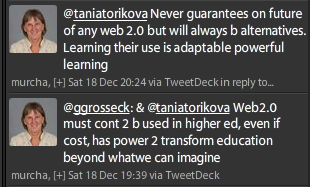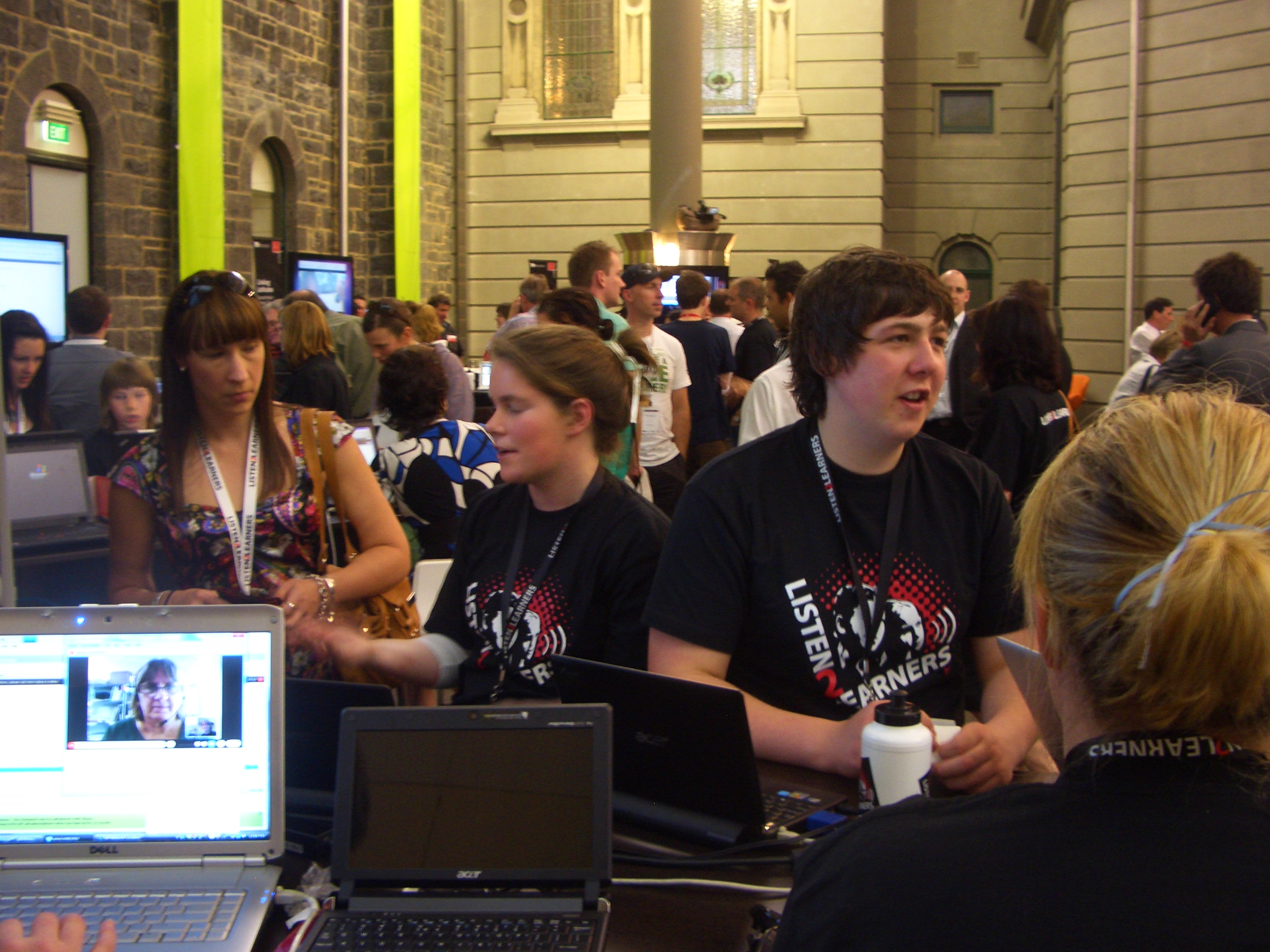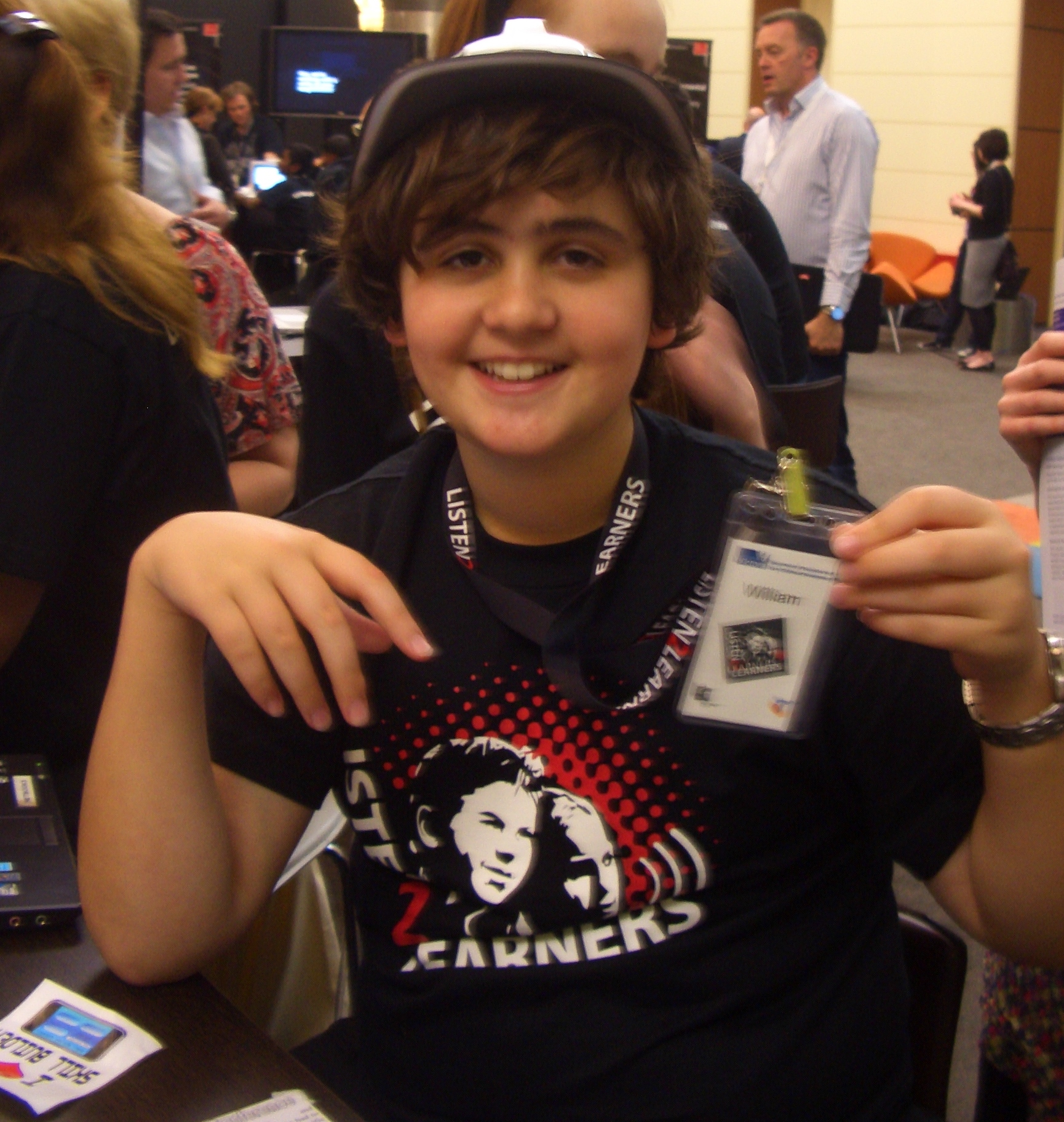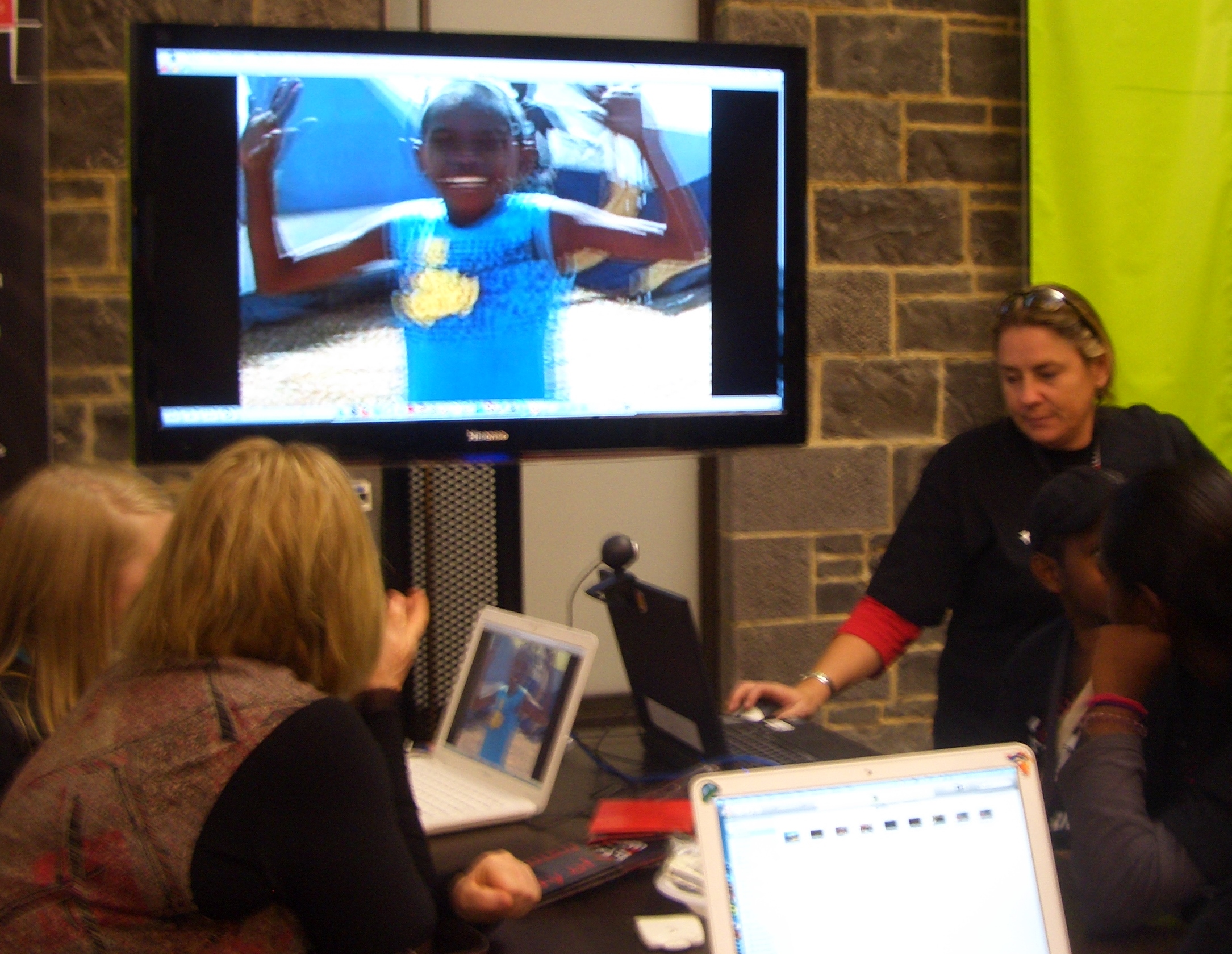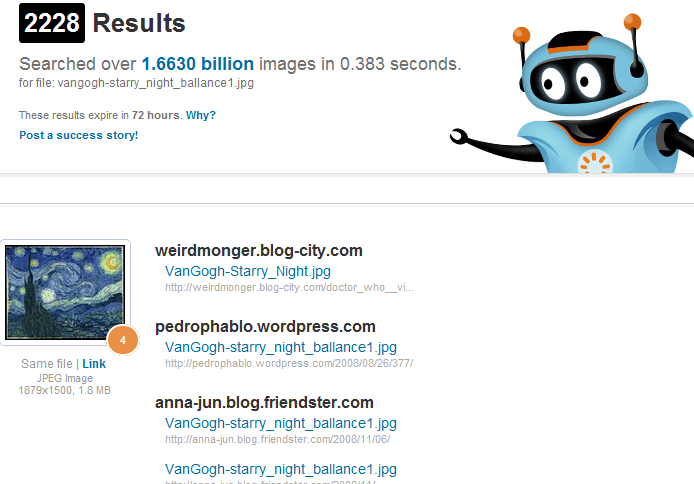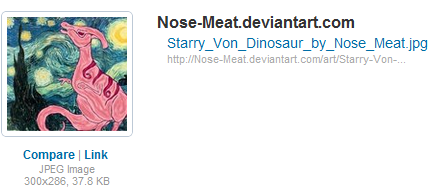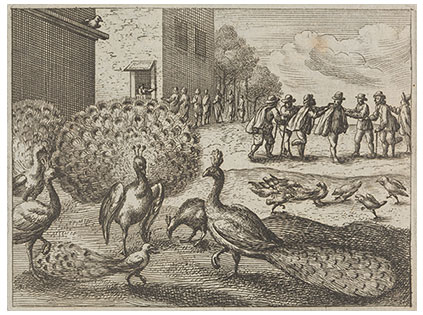 Image from Sophie Horwood’s blog
Image from Sophie Horwood’s blog
Catering for differentiation in the classroom can open up new possibilities if you combine alternative approach with technology. Some schools are skipping the one-on-one notebooks and thinking about the lighter iPads. Of course, this opens up a whole range of new issues which need to be addressed before the investment is made.
iPads in Education ning features a discussion about teacher control of iPads – one of the first issues to arise when considering the use of iPads in the classroom. Sam Gliksman, creator of this ning, has posted a question on the forum:
Is the relative lack of teacher control over student iPad use a relief or a recipe for disaster?
Unlike laptops, which can be monitored with purchased software, the lack of such control of iPads presents a problem for teachers. Or does it?
Commenters of this post express different opinions. Some see this as a significant obstacle to iPad use, and others are willing to overlook the issue considering advanced features of the iPad. I’ve pulled out some of the positive comments:
What I do know is that iPads can bring up web pages faster than any computer that I have ever used, their use is completely intuitive, apps are endless, their fun, and on and on.
I think that if students are really inspired by their lesson, what they are being asked to research or present – whatever, they will be engrossed and will not bother to stray from the requirements of the lesson.
I generally believe that if teachers are walking around the room and being engaged in the learning process, nothing horrible is going to happen. I prefer to give students more control and responsibility rather than less.

I would like to focus on the positive side of things. Yes, there are issues but if we focus on those then we won’t get to play with the iPads, and we won’t discover their use in the classroom. Before I bought my iPad people asked me what I would do with it. I honestly didn’t know because I needed to have one in order to find out. I’m hoping to do the same if I can convince teachers to purchase at least one per faculty. The lack of control here is no different to a lack of control over notebooks. If we’re worried that students will be able to purchase apps we don’t want, how is it different to students downloading things onto their notebook?
First things first. I’m researching apps for each faculty area, and I plan to show staff or at least faculty heads. My focus in on apps which provide the kind of learning you don’t find anywhere else. I think converting teachers is a necessary step in the the whole process.
Please share your favourite iPad apps for secondary school, and any experiences from which we could learn.


